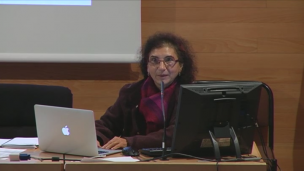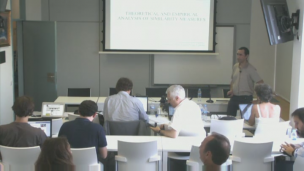Biometric Authentication Based On Retinal Vascular Network
Advisor: Dr.Enrique J. Carmona Suárez
The unique nature of retinal vascular network was introduced in 1935 by two ophthalmologists, C. Simon and I. Goldstein, and later, in 1950, P. Tower found that retinal vascular patterns are unique even among identical twins. Other identification approaches such as fingerprint, face, palm or iris recognition, are al vulnerable due that those characteristics can be imitated with plastic surgeries and other changes. Based on this uniqueness of the retinal vascular network, we will try to develop a new authentication method that is fast, efficient and above all safe. Our research work has two main objectives. The former is to get an effective method to perform segmentation of the vascular network of the retina, from a fundus image, and the latter, based on the previous segmentation, to authenticate the individual to which that vascular network belongs. Currently, we are working in several ideas related to the first goal: (a) Building a set of image features that are invariants to scale, rotation, translation and intensity level. (b) Building a classifier to classify each pixel of the image as belonging or not to a vessel pixel. For that, we are using evolutionary artificial neural networks (EANN) developed through Grammatical Evolution. The main advantages of that kind of net are: - Automatic selection of the most discriminative features of input. - Automatic design of the net topology. - Automatic tuning of the weights of the neural connections
-
Antonio Rodríguez Jiménez



















